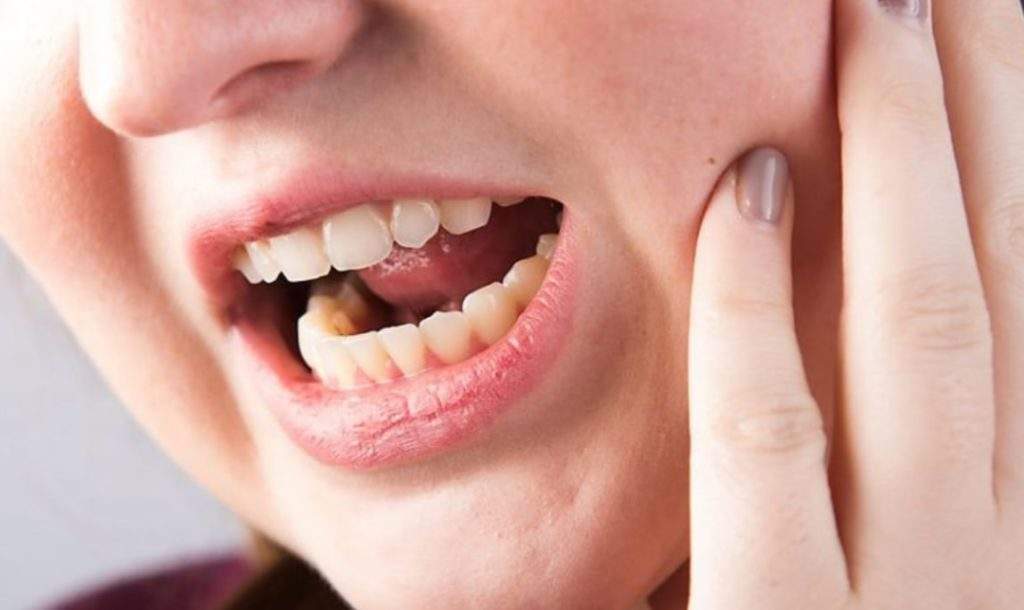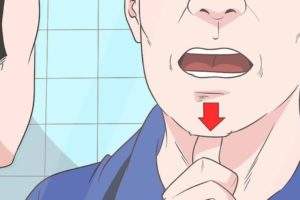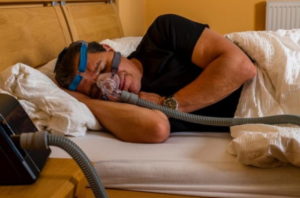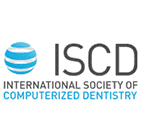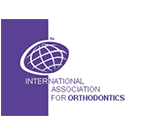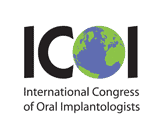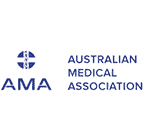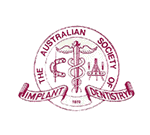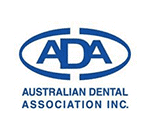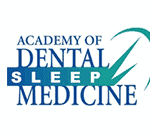The temporomandibular joint (TMJ) is responsible for opening and closing your mouth (along with other basic functions linked to these actions). It is an underappreciated joint but once you lose the ability to perform these functions, you understand its value.
Locked jaw is a prime example of a time when you realize the importance of your TMJ. The movement of your jaw, such chewing and talking, is controlled by the TMJ. If it is stressed or misaligned, it can affect your jaw’s movement (or lack of it).
How Does Locked Jaw Happen?
Locked jaw is technically known as trismus. It happens when your jaw muscles spasm. It “locks” your jaw in a specific position, disabling the capacity to move or achieve a wide range of motion. It can be painful and could result in various complications. When this happens to you or someone, make sure you know the proper way to address it.
Jaw Locked Open
When your jaw locks open, it can be easy to get into a panic mode. But remember that stress on your TMJ due to teeth grinding and other factors has contributed to this lockjaw situation in the first place. There are ways in which you can restore function in your TMJ to be able to move your jaws again.
The most important thing to remember is to not panic. If this happens to someone else, try your best to keep them calm.
Apply heat to the jaw area immediately. You can use a heat pack for this. The moist heat can help to relax the muscles around the jaw and eventually loosen it. Leave the heat pad on for 30 minutes (or more) before attempting to move the locked jaw. Otherwise, this can aggravate the situation.
After a few minutes of heat application, gently try to move your jaw from side to side. It is important to emphasize the slow and gradual movements to give your muscles time to relax. But make sure to keep the movement consistent as it can facilitate in putting the joints back into place.
You can also use your hands to guide your jaw’s movement if you are unable to initiate movement in this area. Gently wiggle the jaw from side to side but never tug or press too hard.
If in case this initial treatment does not work, you can call in a TMD expert.
Jaw Locked Closed
Jaw locked closed is a less common condition than the earlier case – jaw locked open. But it can be equally frightening when this happens. In its most acute level, jaw that is locked closed can come with a great deal of pain. This is due to an abnormality on the TMJ and a displacement of the joints. The treatment of choice for this is surgery, which is designed to put the joints back in their appropriate place. It is also accompanied with symptom management techniques.
The surgical treatment for jaw locked closed can be one of two procedures. The first procedure is known as arthroscopy. It involves inserting a small tube into the joint to remove small tissue. The other procedure is called arthroplasty, which is performed by cutting the joint open. This will enable the surgeon to remove large tissues or the whole TMJ disc. They will make repairs to the joint before re-inserting it back again.
In addition to these two surgical methods, there are two other forms of treatment that can be used. The first one is through medical management. This treatment method employs pharmacological treatment in order to alleviate pain and inflammation. This is through the intake of analgesics and other forms of anti-inflammatory agents. Another treatment method used is through rehabilitation. It is often administered in conjunction with medical management and with the use of dental splints and physical therapy.
Medical management and rehabilitation are the two methods recommended for providing primary treatment for jaw locked closed. But for more severe cases, surgery could be the best course of action to address the problem.
Locked Jaw and TMJ
When your TMJ locks it can get painful. TMJ pain ranges from moderate to severe, and at times will require surgery. The best way to deal with a locked jaw is to prevent it. TMJ disorder is more common than you think. Make sure that you address teeth grinding or jaw clenching as soon as you see or experience the symptoms.
The use of a mouth guard or a type of plastic mouthpiece is the most common treatment used for TMJ disorder. This is a custom guard so it is fitted to your upper front teeth. The use of a mouth guard is likened to wearing a seat belt when you drive. It is designed to limit the damage caused to your TMJ when you grind your teeth during sleep.
There are more treatment methods available for locked jaw, especially in severe cases. Botox is one of the newly suggested treatments that act to relax the muscles around the jaw. For more severe cases, surgery might be required.
To discuss TMJ problems with a professional at the Sydney Centre for TMJ & Sleep Therapy

